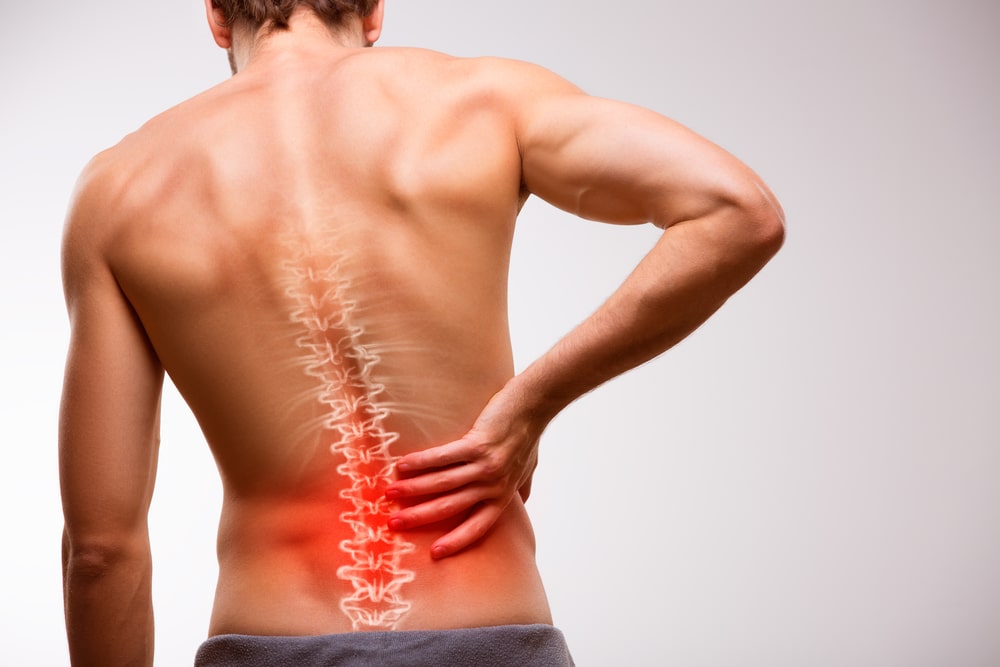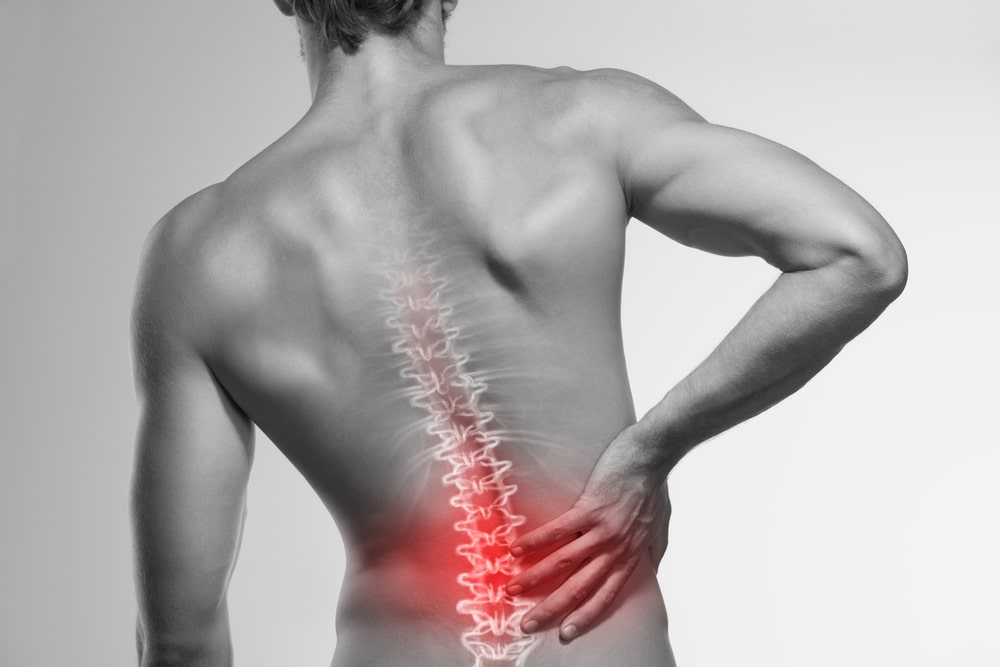Are you experiencing low back pain? Let’s take a moment to go back in time and determine when it began. Maybe you were bending forward to lift a heavy object off the ground and experienced immediate pain. Or maybe you rotated your body while lifting a heavy object overhead. Or there was no clear mechanism of injury. Instead, the onset of pain has been more gradual. You notice an ache in your low back while sitting at your desk in front of the computer. You notice it again while relaxing on the couch, binge watching Netflix. You find yourself constantly readjusting your sitting position, trying to get comfortable. You stand up to walk to the kitchen to get a snack and after a couple initial painful steps your back begins to loosen up. This type of back pain usually has a discogenic origin - a scary sounding term for a relatively common condition. No need to panic! Let’s dive into the anatomy of the spine to fully explain and understand what is going on.
Vertebrae
The spine consists of 26 bones called vertebrae. In between each vertebra is a cushion-like pad called a disc which act as a shock absorber. Spinal discs have a soft, jelly-like interior and a tougher exterior. Overtime, disc degeneration occurs as a natural by-product of aging. The jelly like interior may push against its outer ring due to wear and tear or a sudden injury. This leads to inflammation of the disc which puts pressure on the spinal cord and nearby nerve roots.

Back pain treatments
Back pain
This pressure can cause low back pain, low back pain that refers into your buttocks and legs, or low back pain that radiates down your legs. This referral of pain may be aggravated by bending forward or postures that put your back in a flexed position. As you bend forward, the discs between your vertebrae are compressed and pushed backwards. This increases the amount of pressure on the surrounding tissue. When you bend backwards, the disc gets pushed forwards, decreasing the amount of pressure on the surrounding tissues. This may “centralize” your pain – a fancy way of saying your radiating leg pain will decrease. A physiotherapist can guide you on how to incorporate extension of the back into your daily life.
Treatment of Disc Herniation
Calgary’s Panther Sport Medicine and Rehabilitation Centers have qualified physiotherapists who will be able to guide you through the treatment process and will aid in symptom alleviation. Treatment will be focused on reducing pain, building strength and flexibility in relation to posture, and returning to functional activities. Individualized posture assessment and education, therapeutic exercises and stretches will be prescribed. This will address any muscular imbalances and help to improve flexibility. In addition, manual therapy, muscle stimulation, and acupuncture will be used to help with pain reduction. Visit one of Calgary’s nine Panther clinics today to get started on your personalized road to recovery.





